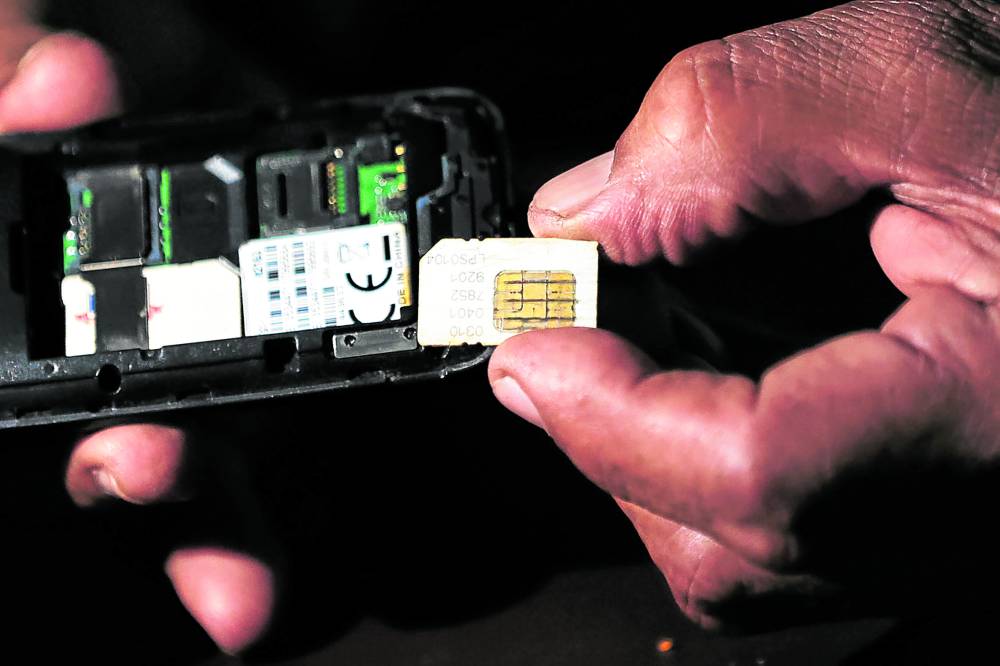Mobile race neck and neck post-SIM registration

MANILA -PLDT Inc. wireless unit Smart Communications Inc. is on a quest to snatch mobile market leadership from rival Globe Telecom Inc. after the SIM (subscriber identity module) card registration nearly leveled the playing field.
Alfredo Panlilio, president and CEO of the Pangilinan-led telecom company, said at a briefing on Thursday they were implementing strategies to “bring down input cost” so it could “offer better products” to capture additional 3 million to 5 million subscribers.
“I think what we are trying to do is also rationalize our offerings in the market … and do target personalized offers,” he explained.
PLDT head of consumer business group Francis Flores said the telco player was also ramping up activation initiatives.
“Our objective is to reclaim a leadership position in mobile,” Panlilio said. “We were there before. I think we lost leadership in 2016 or 2017.”
Ready for battle
Panlilio, however, admitted that it would be a “long-drawn battle,” citing Globe as a “formidable” competitor.
After the July 25 deadline and five-day grace period for the SIM listup, Smart saw nearly 80 percent of its users comply, resulting in 52.5 million SIM card registrations, which is just 1.2 million fewer than Globe’s 53.7 million.
Prior to this, Globe had 84.75 million SIM cards, significantly bigger than Smart’s 66.3 million.
The mandatory registration—which seeks to address text scams—has served as a filter, with the goal of retaining active users.
While Smart saw a decline in subscriber base, 99 percent of its active users were registered. The goal now is to increase the average revenue per user to make up for the potential drop in revenues.
Mobile data revenues grew 4 percent to P34.5 billion in the first half as active data users rose 2 percent to 39.6 million. Mobile data traffic for the period climbed 15 percent to 2,389 petabytes.
Net income attributable to equity holders of parent company PLDT rose 10 percent to P18.45 billion in the first semester as total revenues inched up by 3 percent to P104.04 billion. Telco core income, improved by 3 percent to P17.56 billion for the period.
Service revenue growth projection for the year, meanwhile, was downgraded to low-single digit from mid-single digit previously due to inflation and fierce competition in the market.
READ:
114 million SIM cards registered as mandatory listup ends
